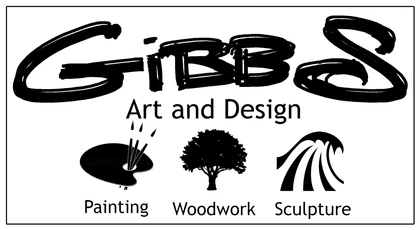
Art as Storytelling: Why Every Piece Tells a Narrative
Share
Art has always been more than decoration. From cave paintings to digital installations, it has served as a way for humans to share stories, capture emotions, and make sense of the world around them. Whether it’s a bold abstract painting, a quiet charcoal sketch, or a vibrant mural that takes up an entire city wall, every piece of art tells a story. Sometimes that story is explicit, while other times it’s left for the viewer to interpret. Either way, art and storytelling are inseparable.
Art as a Universal Language
Before written language existed, people used images to record and communicate their experiences. The ancient cave paintings at Lascaux, for example, are more than mere depictions of animals—they are stories of survival, ritual, and connection to the natural world. Thousands of years later, we still understand the power behind those images, even though we don’t know the precise intentions of their creators.
This is the magic of art: it transcends language barriers, cultural differences, and even time itself. A sculpture from ancient Greece, a Japanese woodblock print, or a modern digital artwork may have been created in vastly different contexts, yet each invites us into a narrative space where imagination bridges the gap between creator and audience.
The Artist’s Story vs. the Viewer’s Story
Every artist approaches their work with an intention, whether conscious or subconscious. A painting might reflect a personal struggle, a moment of joy, or a commentary on social issues. Yet once the artwork is out in the world, the story doesn’t end—it evolves.
Viewers bring their own experiences, emotions, and perspectives into the process of interpretation. What an artist paints as a symbol of loss may strike a viewer as a reminder of resilience. A serene landscape might remind one person of home while evoking wanderlust in another. This dynamic exchange is part of what makes art so compelling: the narrative is never static but constantly rewritten through the act of viewing.
Destination- Aussie Champ #1 - Original Art by Nathan Gibbs
Storytelling Through Style and Medium
Different artistic approaches shape the way a story is told.
-
Realism captures scenes with detail and precision, making the narrative accessible and recognizable. Think of Renaissance paintings that illustrate religious and historical events with clear visual cues.
-
Abstract art often tells stories of emotion rather than events. Through color, form, and movement, an artist can express the intangible: fear, joy, tension, or release.
-
Sculpture and installation art engage viewers in physical space, telling stories not just through what is seen, but through what is felt as people move around and interact with the work.
-
Digital and multimedia art combine images, sound, and even interactivity to create layered narratives that unfold in new and immersive ways.
In each case, the chosen style and medium become part of the storytelling itself, shaping how the narrative is conveyed and experienced.
Why Stories in Art Matter
Stories are how we make sense of life, and art is one of the richest storytelling tools we have. When we look at or create art, we are engaging in a conversation that spans generations and cultures.
For the artist, telling a story through art can be deeply personal. It provides a way to externalize inner thoughts and feelings, to comment on society, or to preserve a fleeting moment in time. For the viewer, encountering art’s stories can inspire reflection, spark dialogue, or simply offer a moment of connection in an increasingly fragmented world.
Moreover, art as storytelling has the power to challenge perspectives. A mural protesting injustice, a portrait that captures quiet dignity, or an abstract piece evoking turmoil can all stir emotions and prompt conversations that ripple far beyond the canvas.
Bringing the Narrative Home
When you bring art into your life, whether by creating, collecting, or simply appreciating it, you’re not just adding something beautiful to your environment. You’re engaging with a narrative. Every brushstroke, every curve, every choice of color is part of a larger story, one that connects the artist’s intent with your own imagination.
The next time you stand in front of a painting, photograph, or sculpture, take a moment to ask yourself: What story is being told here? And just as importantly - what story is it telling me?
Final Thoughts
Art is storytelling in its purest form. It reaches across time and culture to communicate emotions, ideas, and experiences that words alone often cannot. Every piece holds a narrative, whether it’s grounded in history, born from personal expression, or discovered in the imagination of the viewer.
At its core, art reminds us that stories are not only told—they are shared. And in that sharing, we find meaning, connection, and a deeper understanding of ourselves and the world around us.

